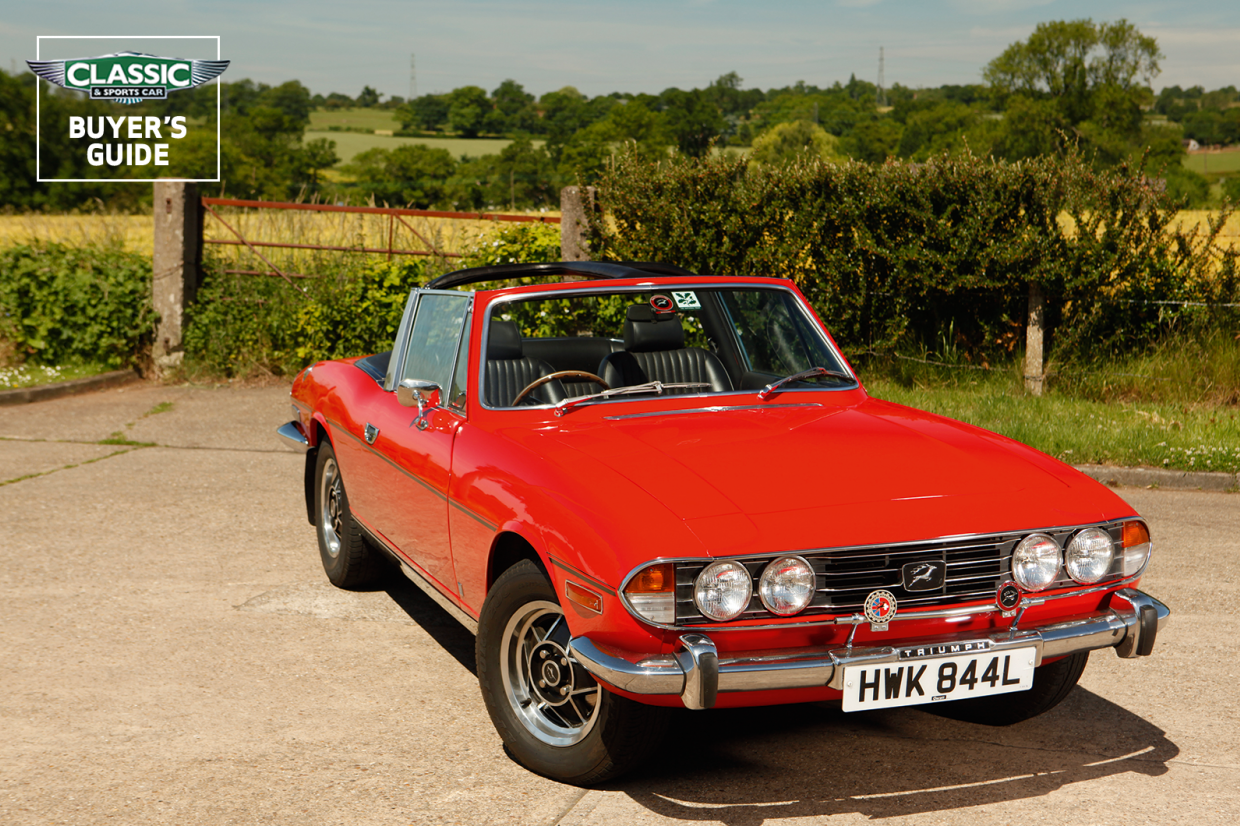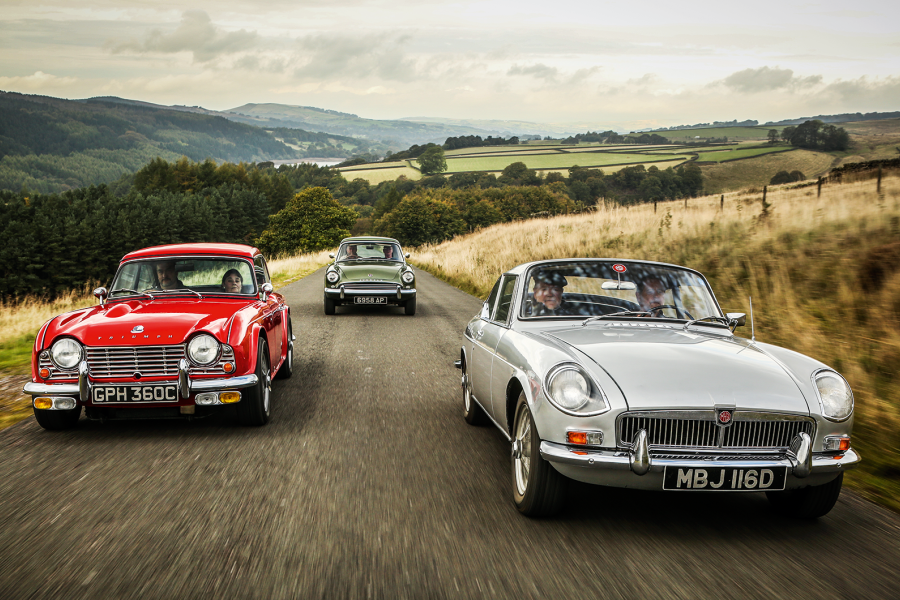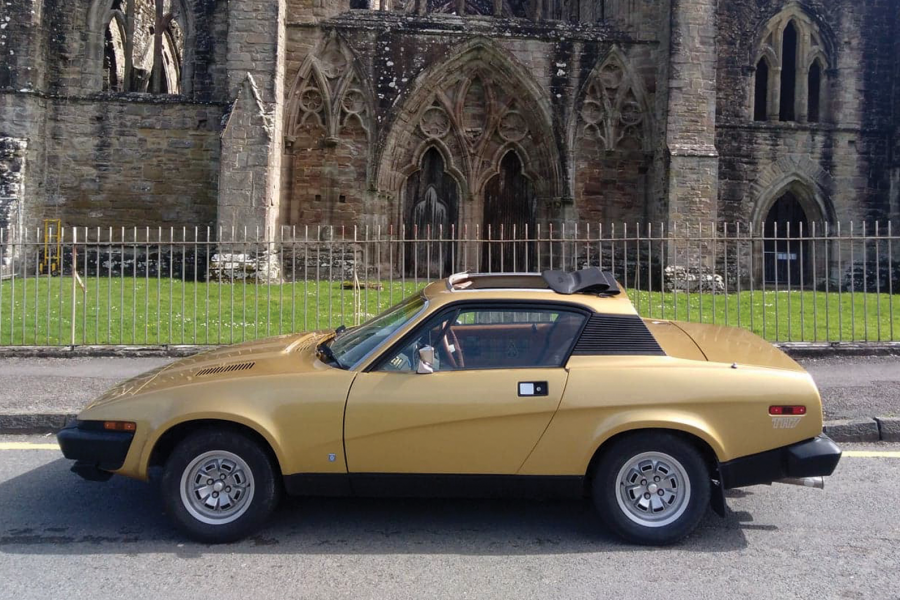
Why you’d want a Triumph Stag
The Triumph Stag is a great-looking, great-sounding car that can be picked up for reasonable prices and that most owners adore. Yet many people wouldn’t touch them with a bargepole due to their poor reputation. Some swear by Rover V8 conversions, others claim that the Stag engine’s problems are over.
So let’s cut to the chase. If you buy a Stag whose engine has been neglected, it will probably bite you, so be prepared to spend to put it right. Buy one with a properly rebuilt V8 and look after it, and it will not let you down.
It’s not rocket science: replace the timing chains every 30,000 miles and make sure the engine and radiator do not silt up, keep the water circulating and it will be reliable and a joy to own.
The engine is not fundamentally flawed. Its water circulation wasn’t the best design, the water pump was poor and low-grade aluminium alloy was used for the heads, but it was fine provided sufficient corrosion-inhibited antifreeze was used at all times, the cooling system was overhauled regularly and the timing chains were replaced when specified.


(l-r) Ads always put car in exotic locations; racer of Tony Hart, who set up Stag Owners Club in 1979
















